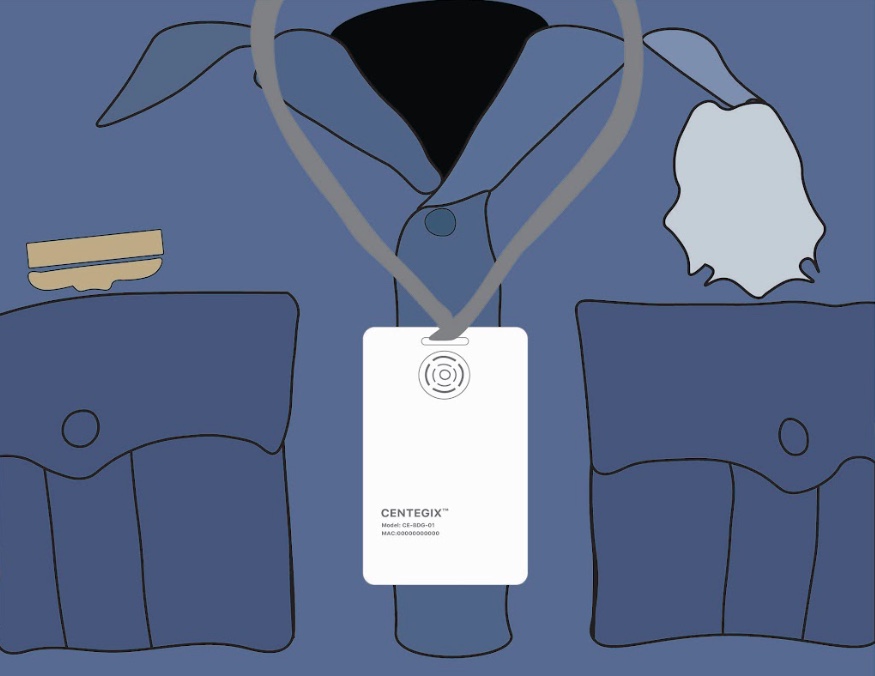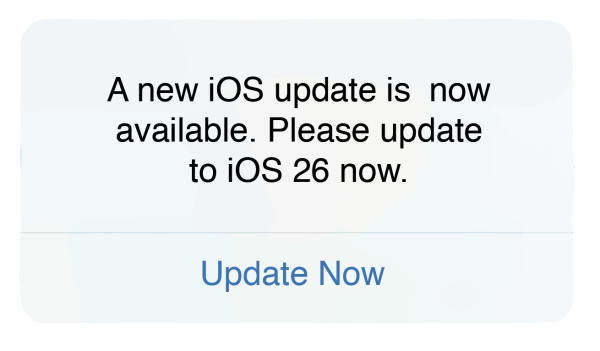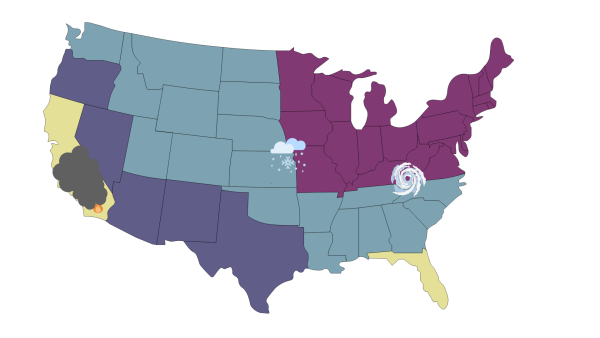Badge Security at BVN
Photo by Alex Robertson
Leading up to and over winter break, the new CrisisAlertTM security system was installed in all of the Blue Valley Schools. The system allows teachers to call for help or activate a schoolwide lockdown in emergency situations.
Teachers and staff have received new badges that connect to sensors throughout the school. By pressing a small button on the back of the badge three times, teachers can alert administrators and other personnel of a situation that would require assistance. In the event of an active shooter or other serious threat, the badge would be pressed eight or more times, activating a school-wide lockdown. In the event of a lockdown, lights installed in the ceiling will flash red, and any device that is open will display a warning message. Additionally, an automated announcement will come over the intercom advising students and staff to follow safety protocols. The badges work on any campus within the Blue Valley District through a mesh Bluetooth that provides badge location to necessary personnel.
This past September the District Board unanimously approved their contract with CENTEGIX. CENTEGIX can be found in over 2,000 schools nationwide, including the Olathe School District, which began using the system at the beginning of the 2022-23 school year. Funded through the 2020 bond, more specifically the safety and security allocation of funding, the system costs around $1.8 million. Found in 42 district buildings, the average cost per building will be $7,800 per year, covering both hardware and software.
Although board members and security personnel showed support for the system, there have been mixed feelings at North. Between accidental activations and failed activations, there has been some discussion of the validity of the system. Librarian Abby Cornelius cites the school’s wifi and connectivity issues as a concern for the new system.
“My AirPods hardly ever connect on the first try,” Cornelius said. “Bluetooth, is that reliable?”
The CrisisAlertTM system relies on CENTEGIX’s mesh Bluetooth system. Completely independent of the school’s wifi and cellular connectivity, the badges are able to connect and communicate with the system. However, a recent incident in the North library showed the potential failures of the system. An altercation between two students led to English teacher Shelley Moran pressing her badge three times while, at the same time, Librarian Terri Snethen reached for the phone and called the front office. While administrators were quick to address the issue, it was later discovered that the badge did not send a notification. Had Snethen not called the front office it could have been much longer before personnel was alerted to the situation.
“I had to push the button during a fight,” Moran said. “The administrators came, I then heard later that that didn’t work.”
If this issue continues, there is concern that teachers will have a false sense of security.
“I think it is a symbol of safety rather than an actual tool that improves safety,” Cornelius said.
Students have similar concerns with only 25% of students feeling safer with the new badge system. District personnel has a different perspective when addressing these concerns.
During the September board meeting, Director of Safety and Security Dan Carney explained his “layered approach” to security. He hopes that the implementation of all of Blue Valley’s security measures will reduce student risk as much as possible. The combination of new locks, cameras, door monitoring systems, and now the CrisisAlertTM system will create a safer school environment.
Regardless of various opinions, the CrisisAlertTM system will stay in Blue Valley for at least the next five years and only time will tell if this new tool of safety is reliable and effective.












